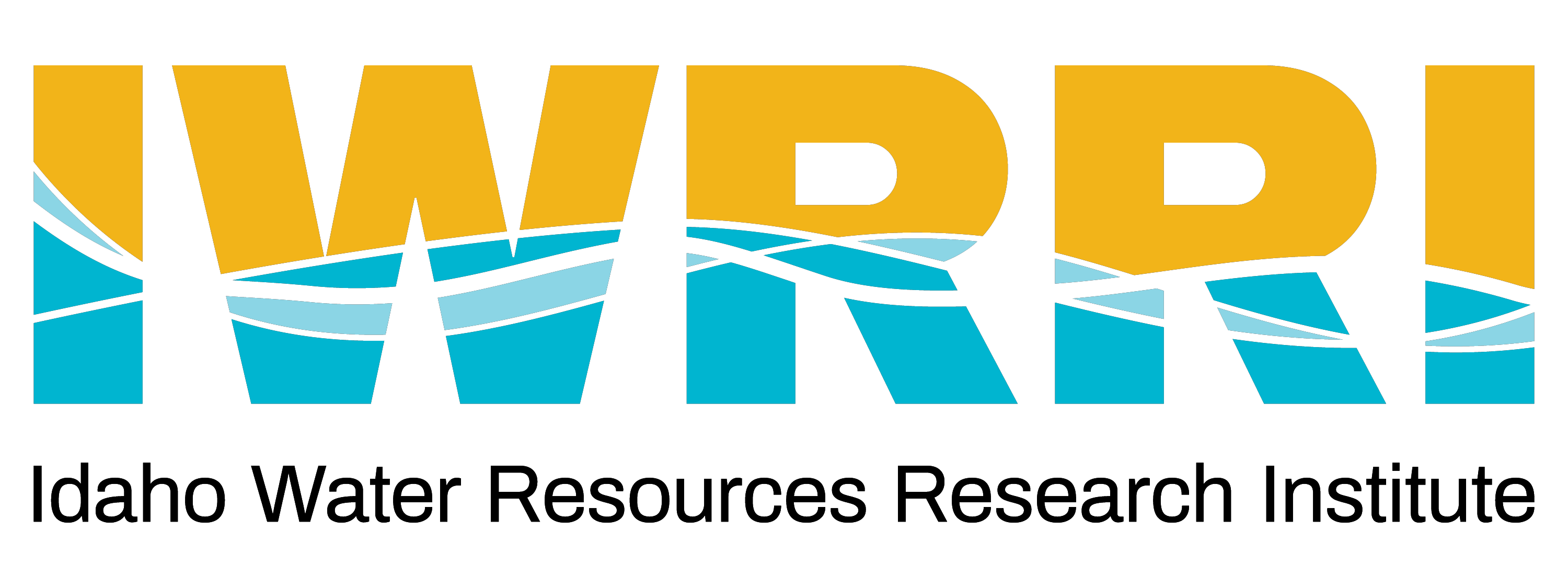Boise State University faculty Anna Bergstrom and her team investigated rain and snowmelt contributions to streamflow in the Mores Creek Watershed spanning the rain-snow transition zone in southwestern Idaho. Researchers commonly use naturally occurring water isotopes to track water sources allowing for the quantification of if streams are sourced from rain or snow. By developing new approaches to define rain and snow isotopic signatures, Bergstrom and team found that streamflow contribution estimates can vary by up to 20%, depending on the method used. These findings have significant implications for water forecasting and resource planning as warming shifts the rain-snow transition to higher elevations in mountain watersheds.
Similar Posts
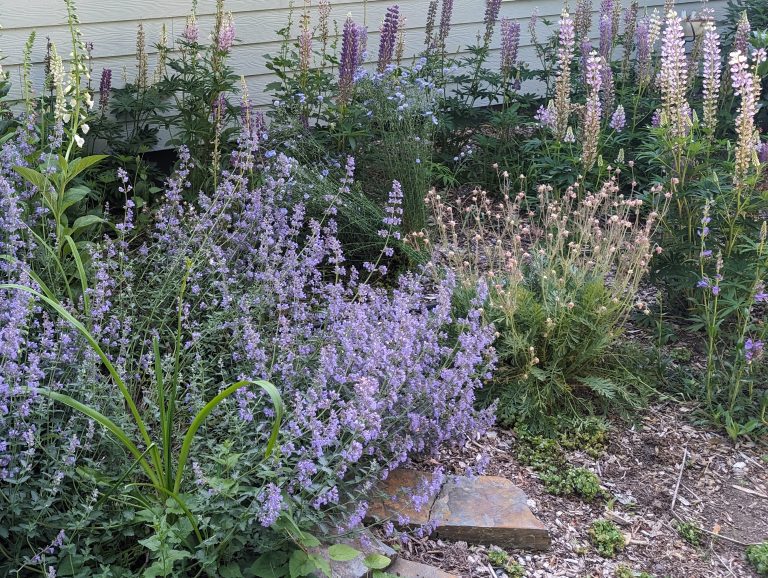
OUR GEM: Water Smart
by William Rettig, Water Efficiency Specialist for the City of Spokane North Idaho summers are made for being outside, whether that’s cooling off in Coeur d’Alene Lake, hiking in the mountains, or tending to the yard, it’s impossible to spend too much time outdoors. But, when it comes to watering your lawn, more isn’t always better. Most people water too much, gaining little benefit for their grass and skyrocketing their utility bills. On average, lawns only need one inch of…

U of I researcher coins ‘thirstwaves’ as new framework emphasizing prolonged, extreme water stressors
Meetpal Kukal proposed the term “thirstwaves” to describe prolonged periods of agricultural exposure to extreme atmospheric evaporative demand for water. Read more in the University of Idaho news feature or read the paper published March 20.
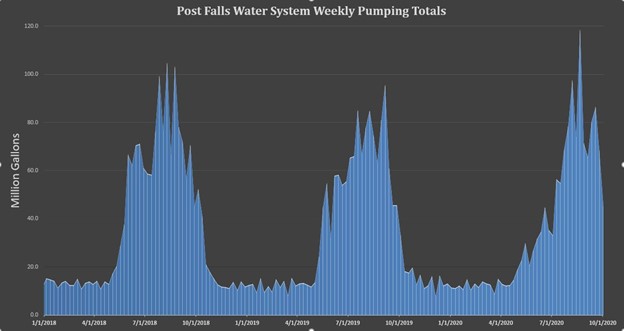
We Don’t Pay for The Water We Use, We Pay for How We Use the Water
This story was written by Craig Borrenpohl and John Beacham, City of Post Falls, in partnership with the Our Gem Collaborative. It appeared in the CDA Press on Sunday, Oct. 10, 2021. Read the original article. Contrary to what a utility bill might imply, we don’t actually pay for the water we use in northern Idaho. We, as citizens, already own the water we use; water in Idaho is a public trust resource. We’ve all heard that wise use of water,…

U of I Researchers Design Biochar-based Water Treatment System
A University of Idaho team, led by Professor Amin Mirkouei and supported by two recently graduated doctorate students, Rance Bare and Ethan Struhs, collaborated with the USDA Agricultural Research Service (Ken Overturf), U of I Aquaculture Research Institute (Brian Small) and the National High Magnetic Field Laboratory (Martha Chacón-Patiño, Amy Mckenna and Huan Chen) to design and custom-build an economical and sustainable water treatment system. This system was specifically developed to remove micronutrients, primarily phosphorus and nitrogen, from the wastewater…
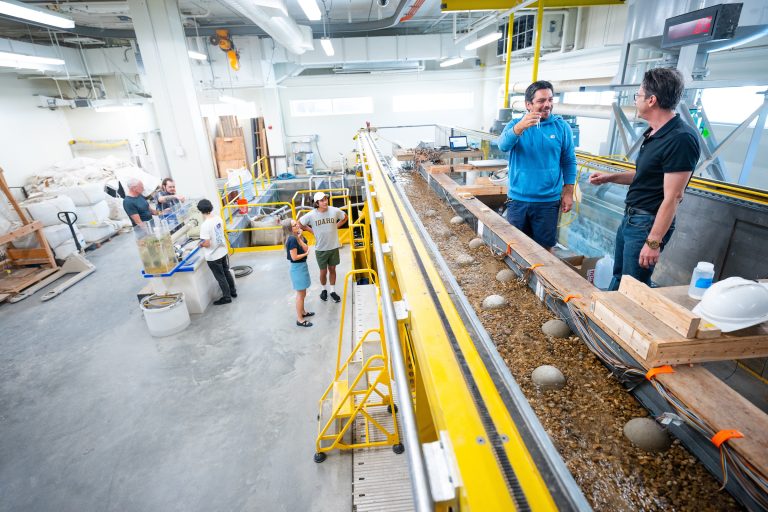
IWRRI Grant Recipients Work on Sediment Transport Physics
Gianluca Blois, a professor of mechanical engineering at the University of Idaho’s Boise campus, works at the Center for Ecohydraulics Research (CER) with students to study how water moves through streams and rivers. Their research focuses on how stationary objects, like plants, affect water flow and the movement of sediments. This study used a specialized laboratory flume—a controlled stream environment—to measure water speed and pressure in aquatic systems. While scientists have long studied how landscape features like riverbanks and terrain…
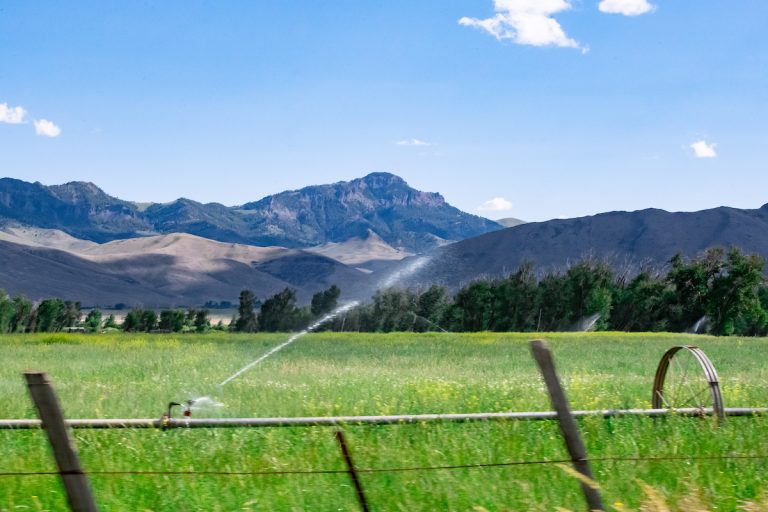
IWRRI Grant Recipients Work on Irrigation Efficiency in Southern Idaho
University of Idaho faculty Karen Humes and Russell Qualls, along with their students, analyzed 30 years of crop water use data in southern Idaho to understand variations in irrigation application needs. Their research examined how differences in wet versus dry years and cool versus warm years influence crop water use and irrigation needs. By considering forecasted climate conditions, farmers can make informed decisions about crop selection and irrigation allocation, optimizing water use and improving overall agricultural efficiency.
